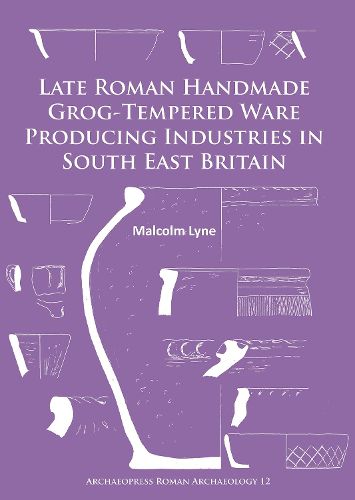Readings Newsletter
Become a Readings Member to make your shopping experience even easier.
Sign in or sign up for free!
You’re not far away from qualifying for FREE standard shipping within Australia
You’ve qualified for FREE standard shipping within Australia
The cart is loading…






The appearance and revival of handmade grog-tempered ware producing pottery industries during the late 3rd and 4th centuries using technology more appropriate to the Late Iron Age in the south and south-east of Britain is something of an enigma. This revival in the popularity of such primitive pottery took place on the Isle of Wight and in the Hampshire Basin, East Sussex and Kent at a time when the production of Romanised wheel-turned grey and fine colour-coated wares was still on a large scale in the south of Britain and elsewhere in the British provinces. This publication is the result of 25 years research into these grog-tempered wares: it presents corpora of forms associated with the various industries and discusses the distributions of their products at different periods. It also discusses the possible reasons for the revival of such wares, increasing popularity during the 4th century and disappearance during the 5th century AD.
$9.00 standard shipping within Australia
FREE standard shipping within Australia for orders over $100.00
Express & International shipping calculated at checkout
The appearance and revival of handmade grog-tempered ware producing pottery industries during the late 3rd and 4th centuries using technology more appropriate to the Late Iron Age in the south and south-east of Britain is something of an enigma. This revival in the popularity of such primitive pottery took place on the Isle of Wight and in the Hampshire Basin, East Sussex and Kent at a time when the production of Romanised wheel-turned grey and fine colour-coated wares was still on a large scale in the south of Britain and elsewhere in the British provinces. This publication is the result of 25 years research into these grog-tempered wares: it presents corpora of forms associated with the various industries and discusses the distributions of their products at different periods. It also discusses the possible reasons for the revival of such wares, increasing popularity during the 4th century and disappearance during the 5th century AD.